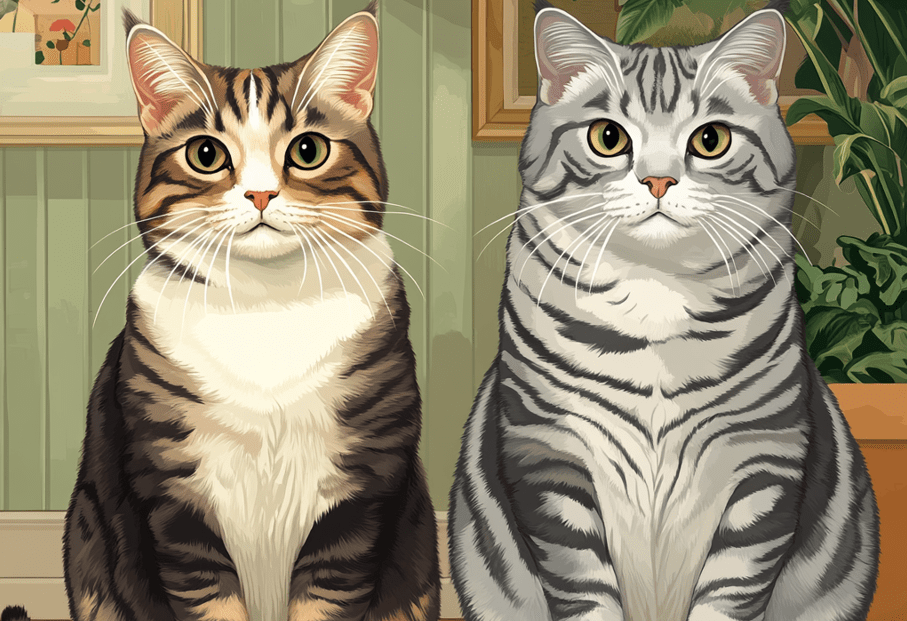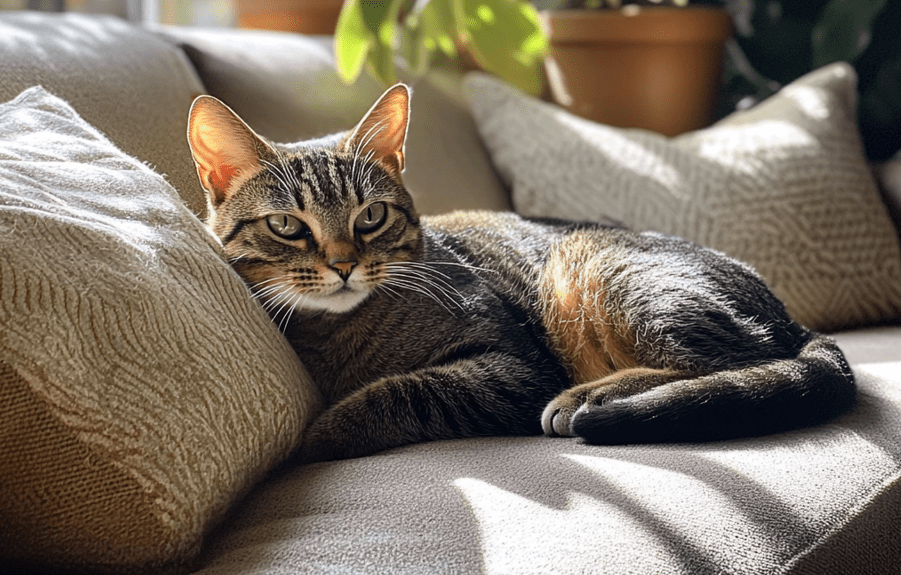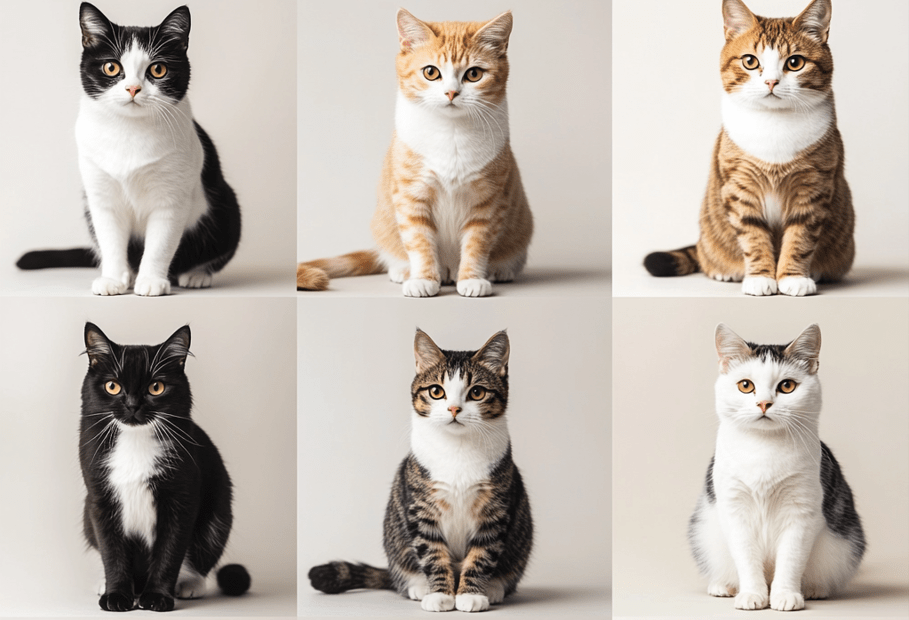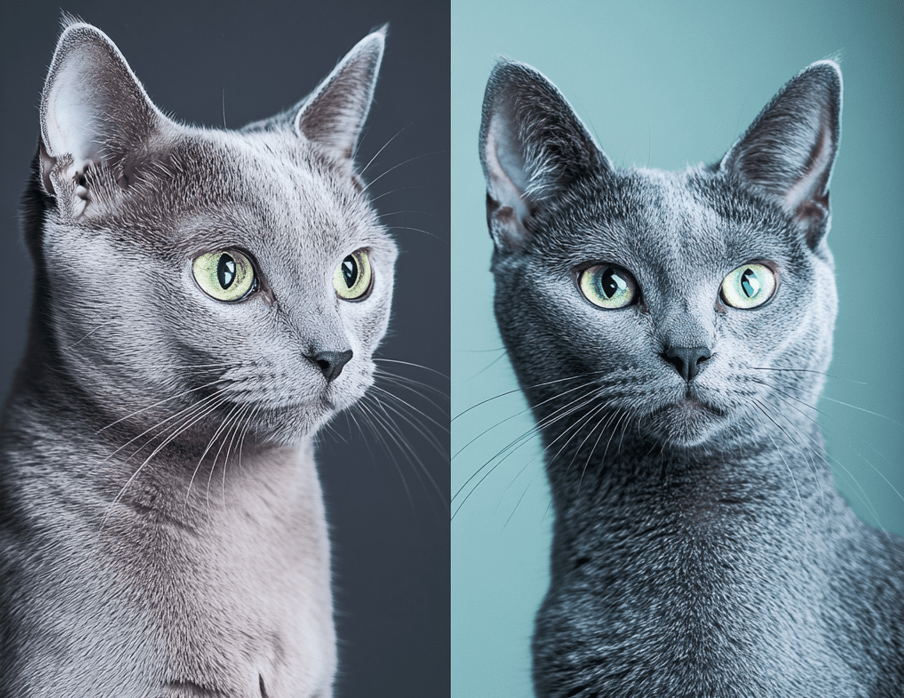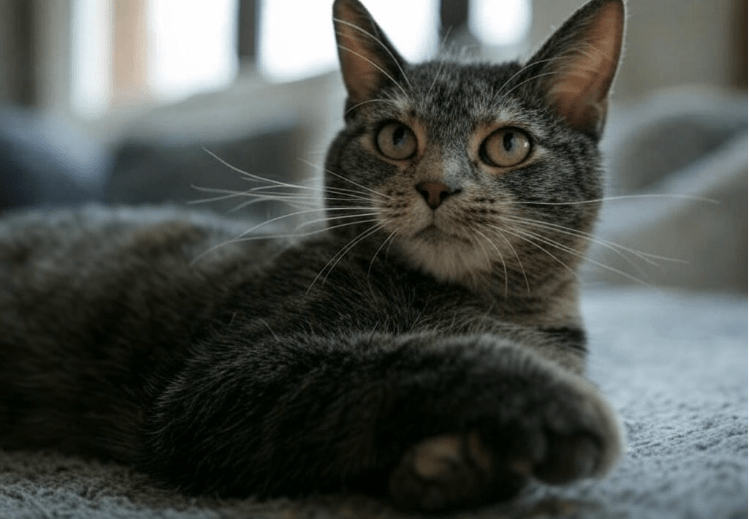
Respiratory infections in Domestic Shorthairs are a common concern for cat owners, as these beloved pets can be susceptible to various upper respiratory issues. Domestic Shorthairs, known for their diverse genetic backgrounds and playful personalities, may experience symptoms ranging from mild sneezing to severe breathing difficulties. Recognizing and addressing respiratory infections in Domestic Shorthairs early is crucial to ensure their health and comfort. This comprehensive guide provides detailed insights into spotting the signs, understanding the causes, and effectively treating respiratory infections, empowering you to keep your feline friend healthy.
Understanding Respiratory Infections in Domestic Shorthairs
Respiratory infections in Domestic Shorthairs typically affect the upper respiratory tract, including the nose, throat, and sinuses. These infections are often caused by viruses, bacteria, or a combination of both, with feline herpesvirus (FHV) and feline calicivirus (FCV) being the most common culprits. While Domestic Shorthairs are not inherently more prone to respiratory issues than other breeds, their prevalence as household pets makes these conditions a frequent concern. Left untreated, respiratory infections can lead to complications like pneumonia or chronic respiratory disease, making early detection and treatment essential.
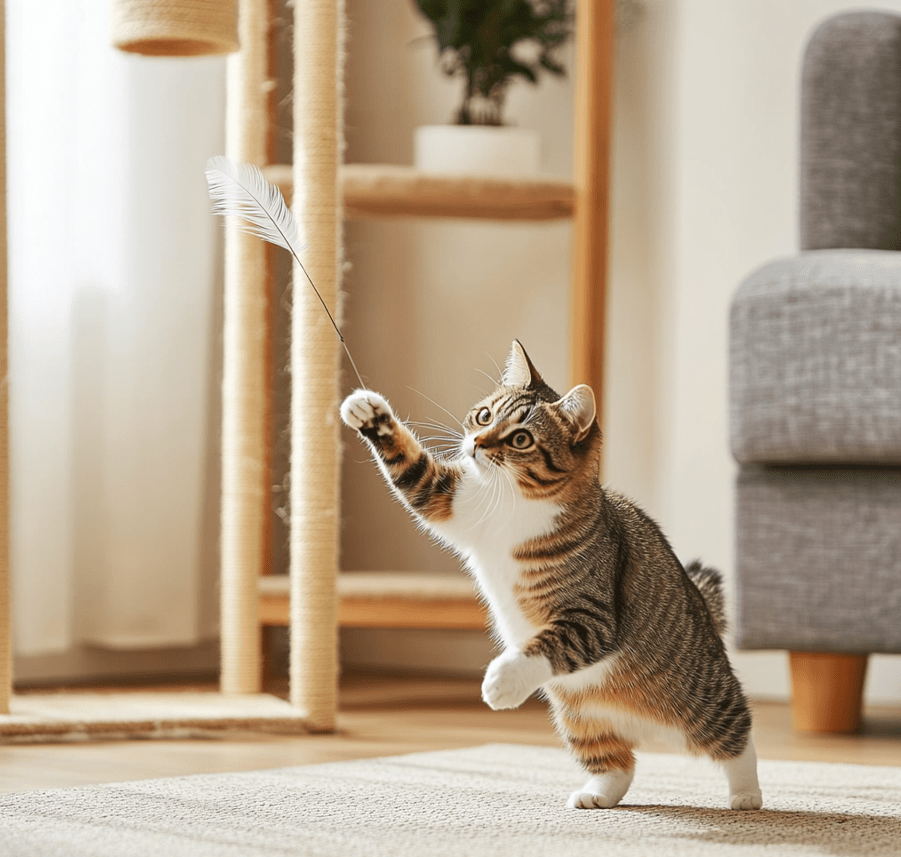
Why Focus on Domestic Shorthairs?
Domestic Shorthairs are the most common type of cat, with varied genetic backgrounds that can influence their susceptibility to infections. Unlike purebred cats with specific predispositions, Domestic Shorthairs’ diverse genetics mean their response to respiratory infections can vary. Understanding the unique needs of these cats helps owners provide targeted care to prevent and treat respiratory issues effectively.
Common Causes of Respiratory Infections
To effectively manage respiratory infections in Domestic Shorthairs, it’s important to understand their causes:
Viral Infections: Feline herpesvirus (FHV) and feline calicivirus (FCV) are responsible for most upper respiratory infections (URIs) in cats. These viruses are highly contagious and can spread through direct contact or shared environments.
Bacterial Infections: Bacteria like Bordetella bronchiseptica or Chlamydia felis can cause or complicate respiratory infections, often as secondary infections following a viral trigger.
Environmental Factors: Stress, poor ventilation, overcrowding (e.g., in shelters), or exposure to cold, damp conditions can weaken a cat’s immune system, making them more susceptible.
Allergies or Irritants: Dust, smoke, or pollen can mimic or exacerbate respiratory symptoms, though these are less common causes of true infections.
How to Spot Respiratory Infections in Domestic Shorthairs
Early detection is key to managing respiratory infections. Domestic Shorthairs may exhibit a range of symptoms, from mild to severe. Here are the most common signs to watch for:
1. Sneezing and Nasal Discharge
Frequent sneezing is often the first sign of a respiratory infection. Nasal discharge may be clear initially but can become thick, yellow, or green if a bacterial infection develops.
2. Coughing or Wheezing
A persistent cough or wheezing sound indicates irritation or inflammation in the respiratory tract. This may be more pronounced during activity or at night.
3. Eye Discharge or Conjunctivitis
Watery eyes or conjunctivitis (red, inflamed eyes) are common, especially with feline herpesvirus. You may notice crusty discharge around the eyes.
4. Lethargy and Reduced Appetite
Cats with respiratory infections often become lethargic and lose interest in food due to nasal congestion, which impairs their sense of smell.
5. Fever
A fever may accompany an infection, causing your cat to feel warm to the touch or seek out cool surfaces to lie on.
6. Difficulty Breathing
In severe cases, you may notice open-mouth breathing, rapid breathing, or labored breathing, which requires immediate veterinary attention.
Pro Tip: Keep a symptom journal, noting the onset, frequency, and severity of symptoms. This information can help your veterinarian diagnose the issue accurately.
LSI Keywords: cat sneezing, feline conjunctivitis, cat breathing problems
When to Seek Veterinary Care
While mild symptoms may resolve on their own, certain signs warrant immediate veterinary attention:
-
Difficulty breathing or open-mouth breathing
-
Persistent fever or lethargy lasting more than 24-48 hours
-
Refusal to eat or drink for more than a day
-
Thick, colored nasal or eye discharge
-
Symptoms that worsen or don’t improve within a few days
Prompt veterinary care can prevent complications and ensure your Domestic Shorthair receives the right treatment.
Diagnosing Respiratory Infections
Veterinarians use a combination of clinical evaluation and diagnostic tests to confirm respiratory infections in Domestic Shorthairs:
Physical Exam: The vet will check your cat’s temperature, listen to their lungs, and examine their eyes, nose, and throat.
Medical History: Information about your cat’s environment, vaccination status, and recent stressors can provide clues.
Lab Tests: Swabs of nasal or eye discharge may be tested for viruses or bacteria. Blood tests can assess overall health.
Imaging: X-rays may be used in severe cases to check for pneumonia or other complications.
Treatment Options for Respiratory Infections
Treating respiratory infections in Domestic Shorthairs involves addressing the underlying cause, relieving symptoms, and supporting recovery. Treatment plans vary based on the infection’s severity and cause.
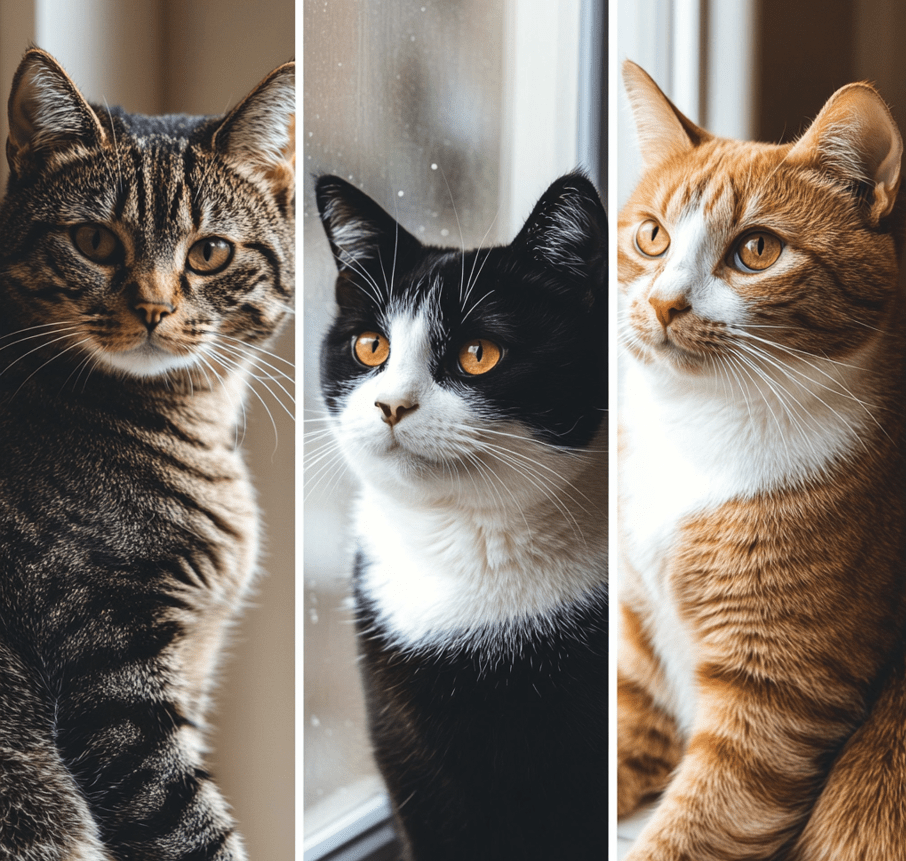
1. Veterinary-Prescribed Medications
Antibiotics: For bacterial infections or secondary bacterial complications, antibiotics like doxycycline or azithromycin may be prescribed.
Antiviral Medications: In cases of severe feline herpesvirus, antiviral drugs like famciclovir may be used, though these are less common.
Eye Drops or Ointments: Medicated drops or ointments can treat conjunctivitis and prevent secondary infections.
2. Supportive Care at Home
Hydration: Ensure your cat has access to fresh water and consider offering wet food to boost fluid intake.
Nutrition: Encourage eating by warming wet food slightly to enhance its aroma, as nasal congestion can dull a cat’s sense of smell.
Humidification: Use a humidifier or place your cat in a steamy bathroom (without water) to loosen nasal congestion.
Rest: Provide a quiet, comfortable space for your cat to recover, away from stressors like loud noises or other pets.
3. Managing Chronic Infections
Some Domestic Shorthairs develop chronic respiratory issues, particularly if caused by feline herpesvirus, which remains dormant in the body and can flare up during stress. Management includes:
L-Lysine Supplements: This amino acid may reduce the severity and frequency of herpesvirus flare-ups, though evidence is mixed.
Stress Reduction: Minimize stressors like changes in routine, new pets, or loud environments.
Regular Vet Checkups: Monitor chronic conditions with periodic veterinary visits to catch flare-ups early.
Preventing Respiratory Infections in Domestic Shorthairs
Prevention is the best way to protect your Domestic Shorthair from respiratory infections. Here are proactive steps to reduce their risk:
1. Vaccinations
1.Ensure your cat is up-to-date on core vaccinations, including those for feline herpesvirus, calicivirus, and Bordetella (if recommended by your vet).
2.Kittens should receive a series of vaccinations, with boosters as adults.
2. Maintain a Clean Environment
1.Regularly clean litter boxes, bedding, and food/water bowls to reduce the spread of pathogens.
2.Use pet-safe disinfectants in multi-cat households or after exposure to other cats.
3. Minimize Stress
1.Provide a stable routine, enrichment (e.g., toys, scratching posts), and safe spaces to reduce stress-related immune suppression.
2.Introduce new pets or changes gradually.
4. Limit Exposure to Infected Cats
1.Avoid contact with unvaccinated or sick cats, especially in shelters, boarding facilities, or catteries.
2.Quarantine new cats before introducing them to your household.
5. Regular Health Checks
Schedule annual or biannual vet visits to monitor your cat’s overall health and catch early signs of respiratory issues.
Special Considerations for Domestic Shorthairs
Domestic Shorthairs’ diverse genetics mean they may respond differently to infections compared to purebred cats. Some may have robust immune systems, while others may be more susceptible due to unknown genetic factors. Pay attention to your cat’s unique health history and consult your veterinarian for tailored advice. Senior cats, kittens, and those with compromised immune systems (e.g., FIV-positive cats) are at higher risk and require extra vigilance.
Common Mistakes to Avoid
When managing respiratory infections in Domestic Shorthairs, avoid these pitfalls:
Self-Medicating: Never give your cat human medications (e.g., ibuprofen, decongestants) or unprescribed antibiotics, as these can be toxic.
Ignoring Mild Symptoms: Even mild sneezing or discharge can progress, so monitor closely and seek vet advice if symptoms persist.
Overcrowding: In multi-cat households, isolate sick cats to prevent spreading the infection.
Skipping Vaccinations: Missing booster shots can leave your cat vulnerable to preventable infections.
Conclusion
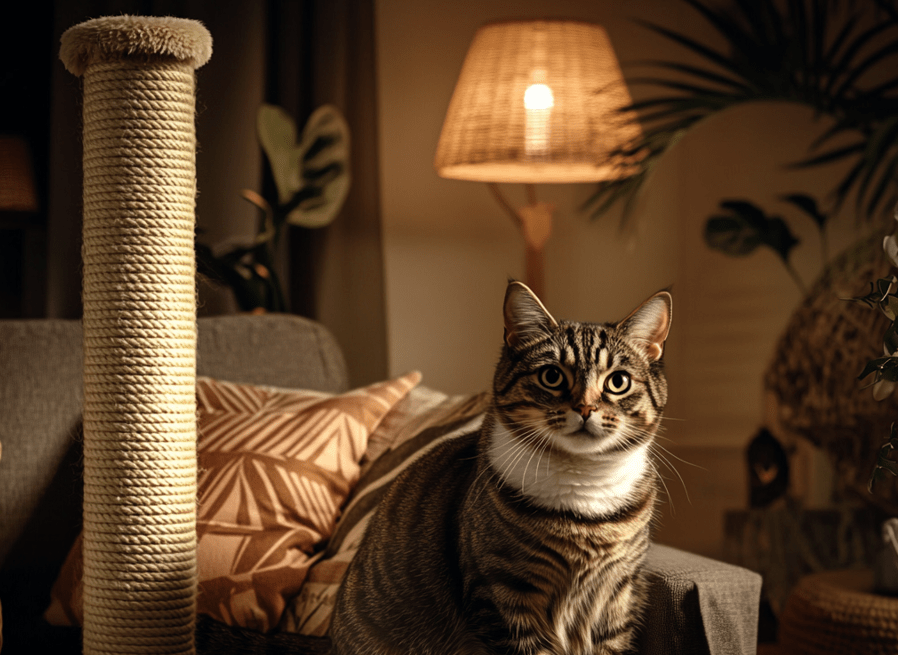
Respiratory infections in Domestic Shorthairs are a manageable health concern with the right knowledge and care. By learning to spot the signs—such as sneezing, nasal discharge, or lethargy—and seeking timely veterinary care, you can ensure your cat recovers quickly and comfortably. Treatment often involves a combination of medications, supportive care, and environmental adjustments, while prevention through vaccinations and stress reduction can significantly reduce the risk. This guide aims to be the ultimate resource for cat owners, offering practical, vet-informed strategies to keep your Domestic Shorthair healthy and happy.
Whether you’re dealing with a current infection or looking to prevent future issues, these insights empower you to provide the best care for your feline companion. Stay vigilant, consult your veterinarian when needed, and create a supportive environment to help your Domestic Shorthair thrive.

